Freshman Dalton Carter has a problem making connections in the residence halls.
“In the HUB, it’s great Wi-Fi. In the Library, it’s great Wi-Fi. It’s just around the dorms, it’s tough to get a good connection,” Carter said.
It’s a common sentiment among students, the lack of a reliable wireless con- nection in the dormitories. Yet students like Carter, who lives in McMillan Hall, are wondering if the Wi-Fi they have is the best connection possible.
“I’m unsatisfied, but I know that in the basement here in Mac, it’s tough to get reception for anything,” Carter said. “But, I feel that our university should be able to get a network system that works in all areas, because as a student, I’m relying on Wi-Fi all the time for studies or for homework or for anything like that.”
Dorms are not ideal structures for wireless signals, Information Security Administrator Christina Lott said. Stone walls, moving human bodies and even reflective glass windows can all disperse wireless radio waves, making it difficult to find and maintain a consistent connection, she said.
Especially in the new residence halls such as East, the concrete construction can be a problem for wireless reception, Lott said. In dorms that are constructed mostly of wood, such as the Village, wireless signals are easier to receive.
But even for those who can consistently find a signal, there are no guarantees on the speed of the connection. Often, speed depends on the time of day a student accesses the network, Lott said.
“We’re seeing, daily, anywhere from 1,500-1,800 unique devices on our wireless network,” Lott said. Peak hours in the dorms are around 2-3 p.m. on weekdays, Lott said. At night after 10 p.m. and on the weekends, Whitworth’s wireless network sees “a huge drop-off” in usage, she said.
But why should the number of devices being used dictate the speed of the Internet?
When a student connects to the Wi-Fi with a wireless device, such as a laptop, his or her device connects to an access point, or AP. These are the devices that broadcast the wireless signal. A dorm might have several APs distributed throughout the building. These APs all connect to one “backbone” connection, an 8 Gigabyte per second (Gbps) connection, which provides the Internet for the entire campus.
To put that number in perspective, if one computer had a dedicated 8 Gbps connection, they could feasibly download 120 DVDs in one minute. To ensure that no one AP gets more than its fair share of bandwidth (the size of a connection), APs have to go through switches that are limited to 100 megabytes per second (mbps). It’s similar to a busy freeway. Even with four lanes, the freeway can become congested during rush-hour traffic.
And when many devices are connected through one AP, the Internet, like the freeway, slows down.
“For most of the time, I’ve been fine. There have been a few times where it was really slow or wouldn’t connect,” said Christina Galvin, sophomore and Arend resident. “Today, I’ve been fine with it, but two days ago, it wouldn’t load Google.”
Galvin brought two wireless devices to campus this year, a smartphone and a laptop. Galvin’s roommates, Maddie Tappa and Laura Bauthues, each brought three, connecting to the wireless signal with their iPods, computers and smartphones.
“I’ve had a fairly good experience. What I did have problems with is connecting my iPod. My iPod does, it connects, but it’ll take a long time to connect,” Tappa said.
Next year, Lott said, information services anticipates an average of two devices per student.
Campus-wide wireless at Whitworth is still relatively new, less than a decade old, Lott said, and updates and improvements are made every year by adding new APs and replacing old ones.
In 2012, a majority of the APs on campus were updated to a newer configuration, providing a connection that is as much as six times faster than the old ones. Information Services uses Wi-Fi testers around the dorms several times per year in evaluating which dorms need improvement, Lott said.
Carter might one day soon make the connection he is hoping for. Until then, Lott and her colleagues are hard at work reaching out to the dorms with a stronger signal every year.
Contact Lucas Thayer at lthayer12@my.whitworth.edu


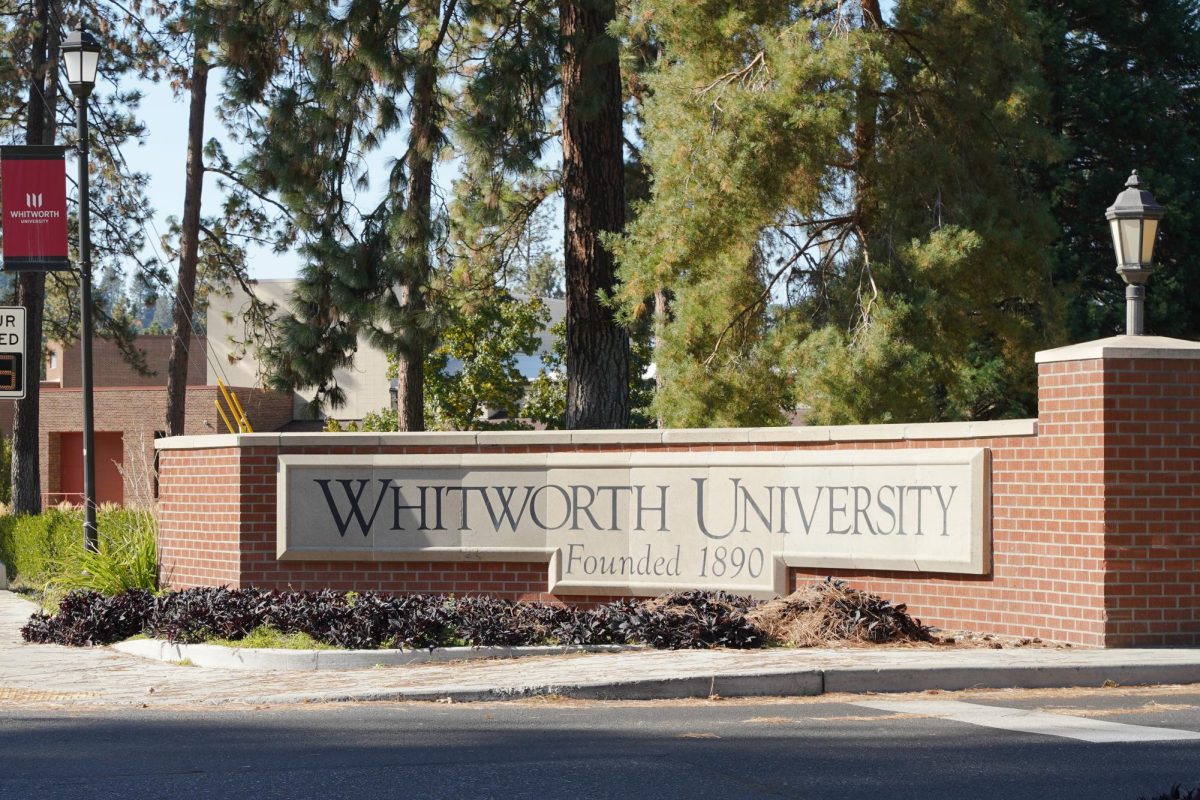
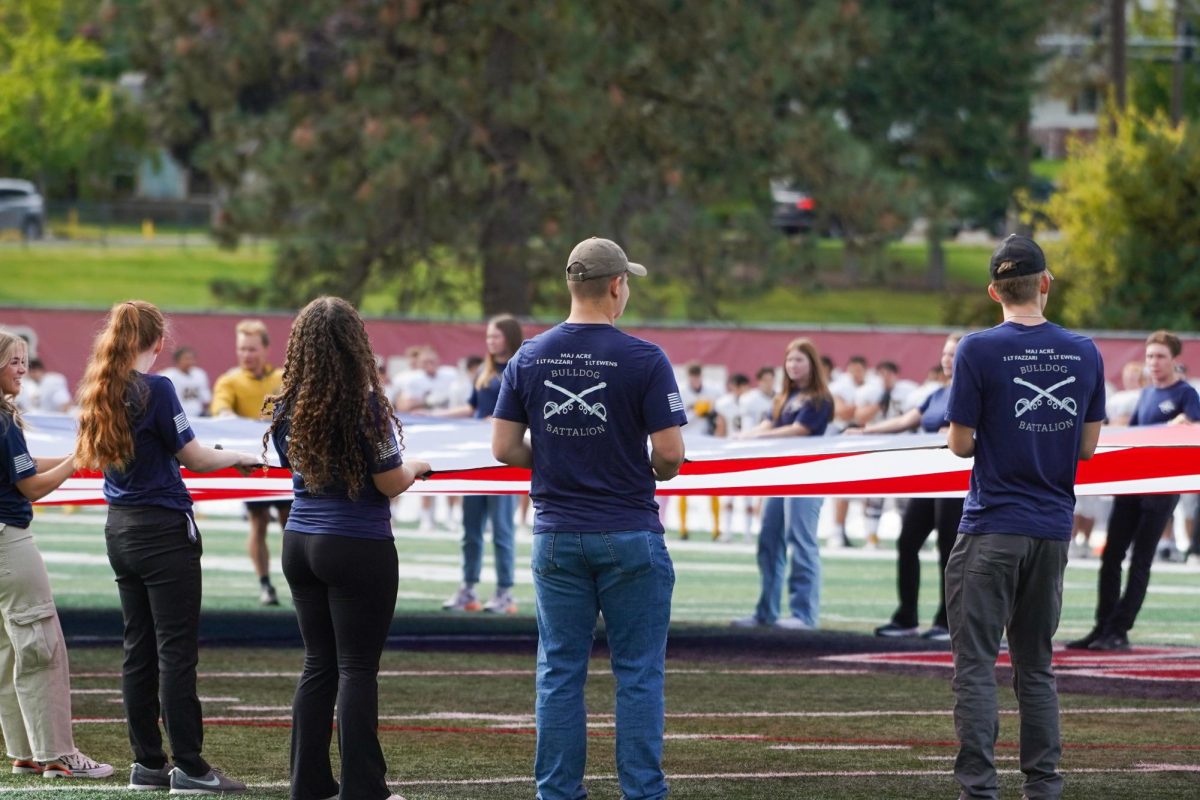
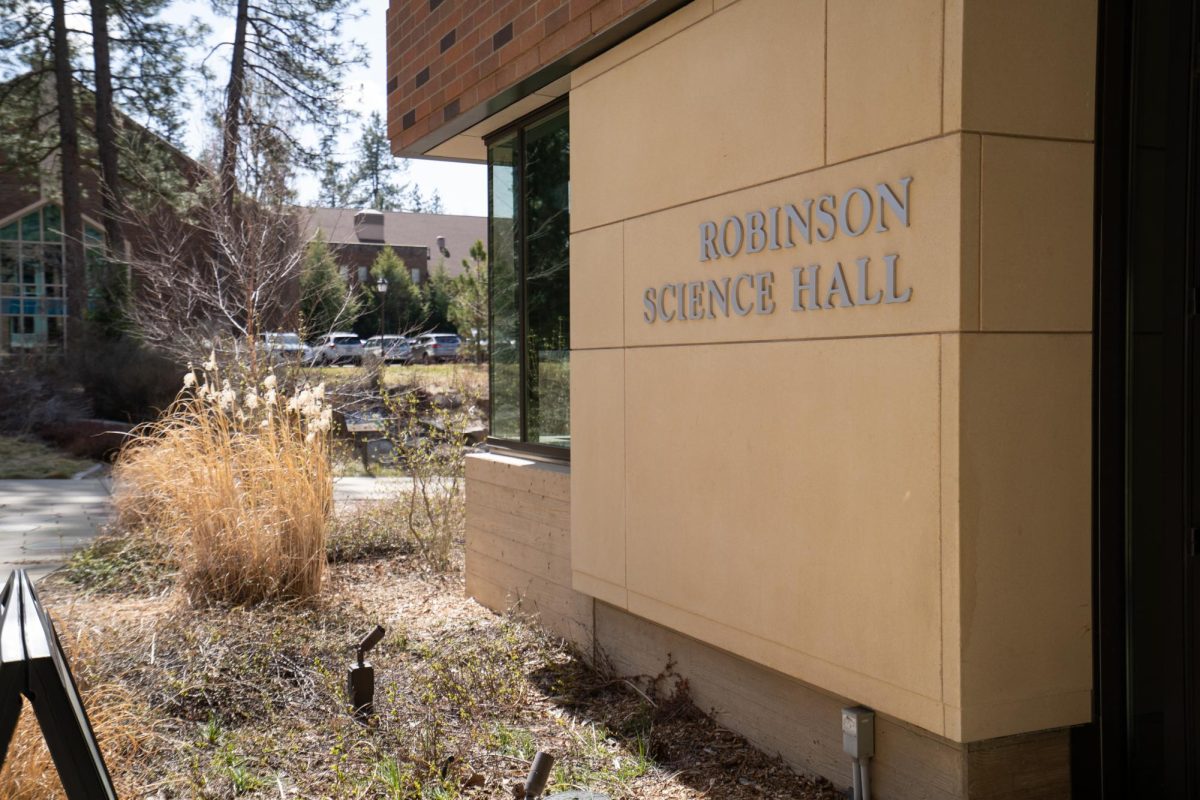
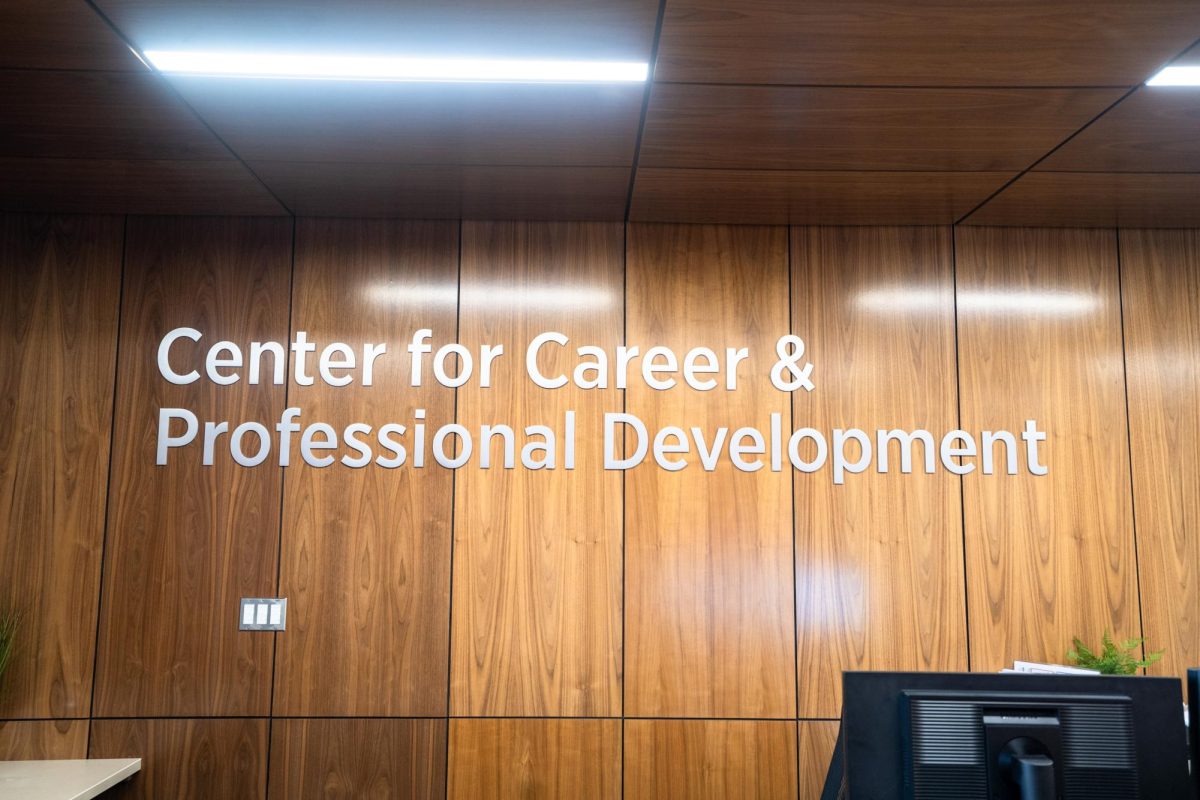
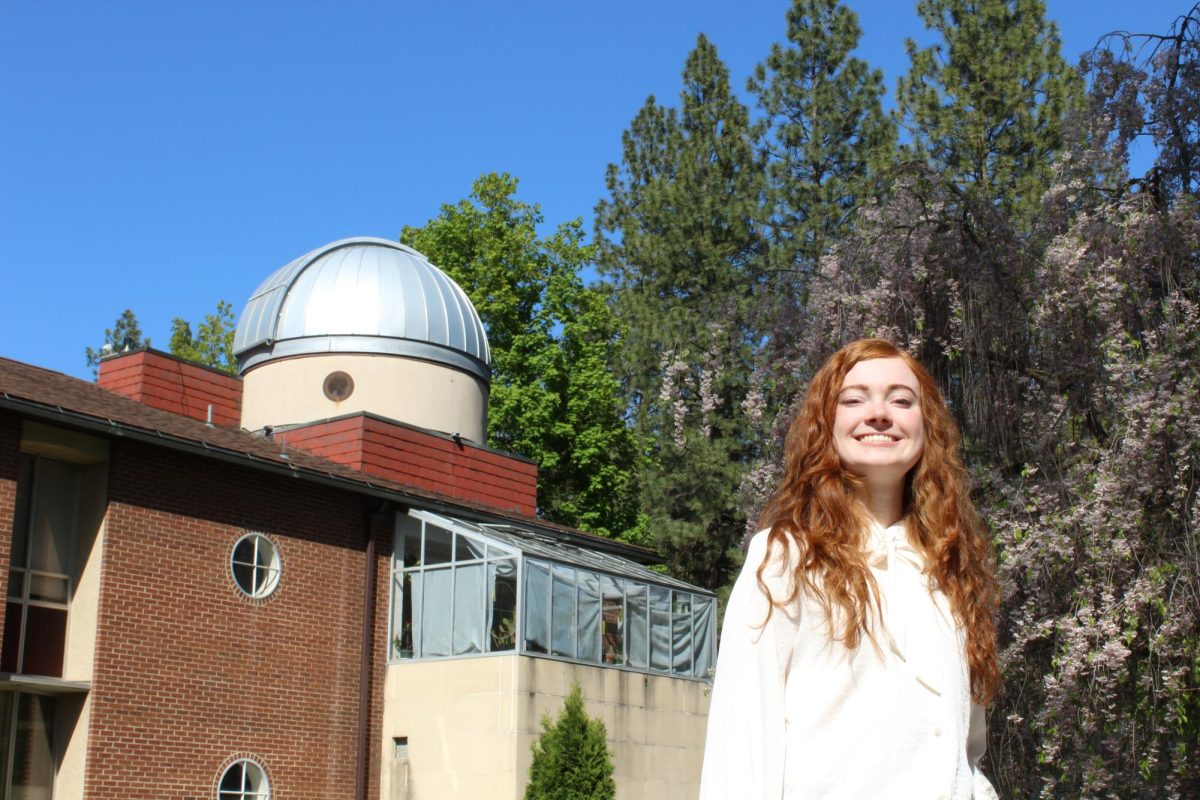
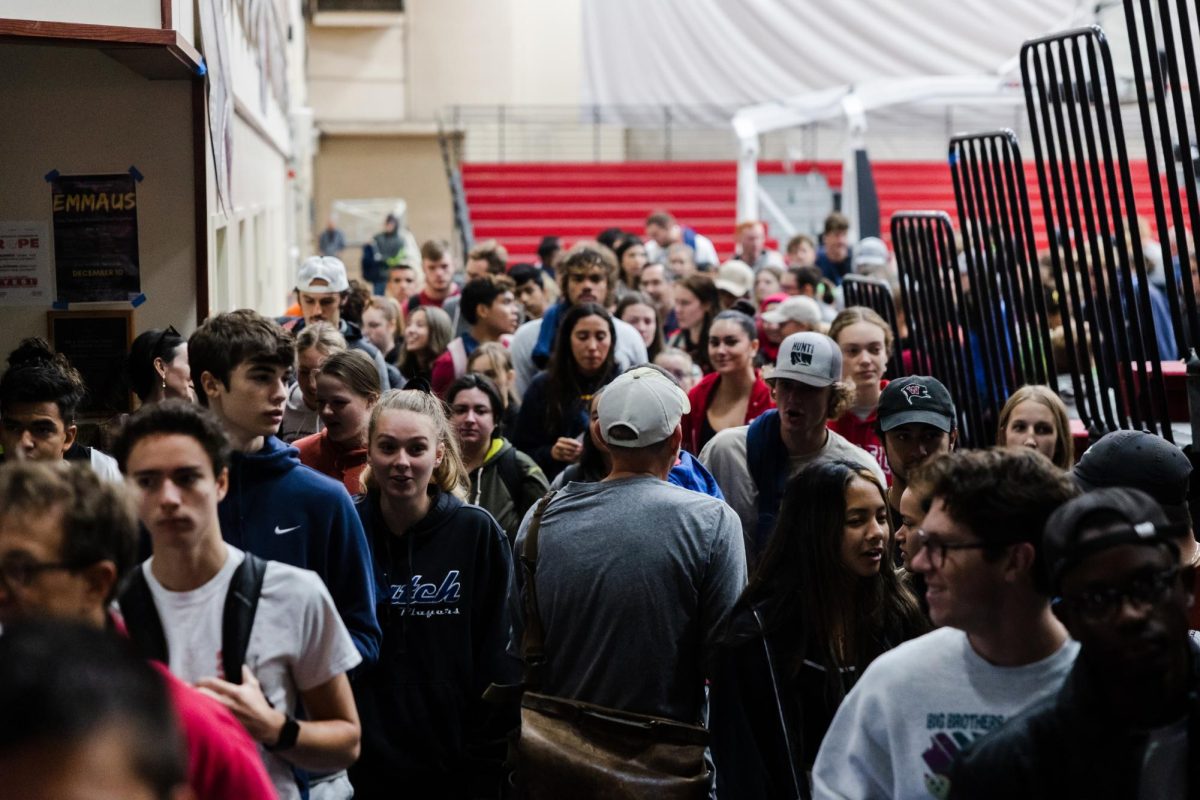
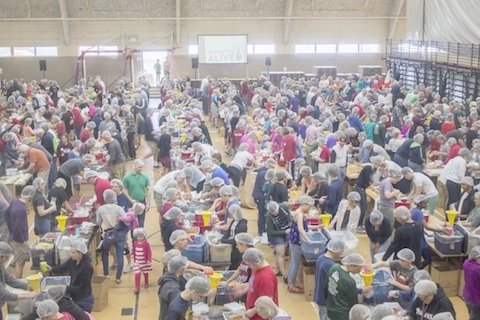
 Spokane?
Spokane?